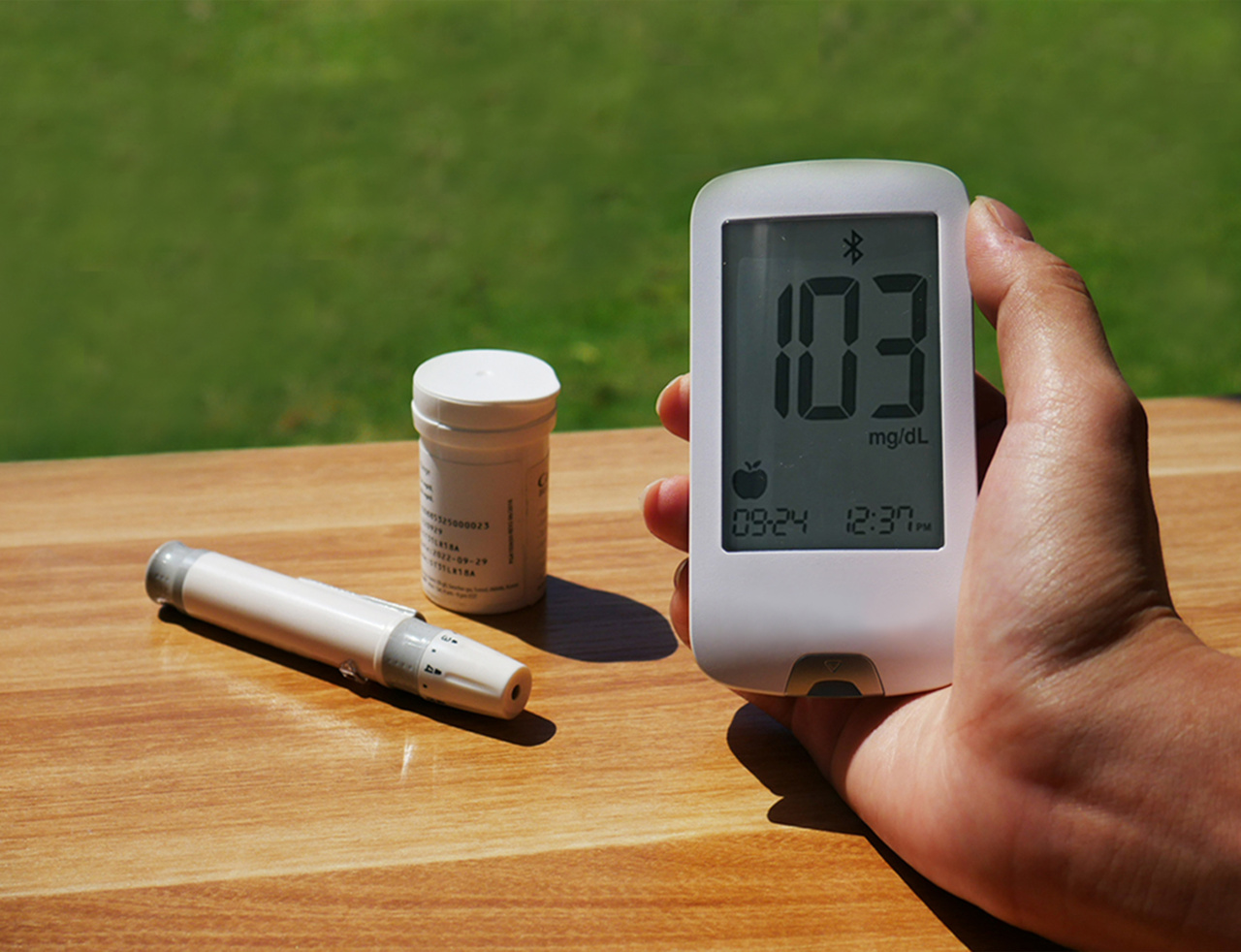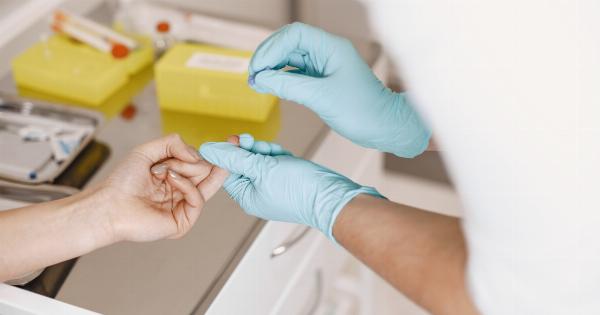Many people struggle with maintaining healthy blood pressure and glucose levels. These two factors play a crucial role in overall health and well-being.
While there are various methods to regulate these levels, recent studies have shown the potential benefits of light therapy in managing blood pressure and glucose levels. This article explores the link between light exposure and its impact on blood pressure and glucose regulation.
The Science Behind Light Therapy
Light therapy, also known as phototherapy, involves exposing the body to specific wavelengths of light to stimulate various physiological responses.
This non-invasive treatment has been widely used in the management of seasonal affective disorder (SAD) and other mood-related disorders. However, researchers have recently discovered its potential applications in regulating blood pressure and glucose levels.
Effects of Light on Blood Pressure
Several studies have demonstrated a clear association between exposure to certain wavelengths of light and blood pressure regulation. Natural light, particularly sunlight, has been found to have a positive impact on blood pressure levels.
Sunlight stimulates the production of nitric oxide, a compound that helps relax blood vessels and improve circulation. This, in turn, leads to lower blood pressure levels.
Artificial light sources, such as light-emitting diodes (LEDs), have also shown promising results in blood pressure regulation. Research has shown that exposure to blue light can lead to a decrease in blood pressure.
Blue light stimulates the release of melatonin, a hormone that helps regulate sleep patterns and blood pressure. However, it is essential to limit exposure to blue light in the evening, as it can disrupt sleep and lead to elevated blood pressure levels.
Light Therapy for Glucose Regulation
Light therapy has also demonstrated potential benefits in glucose regulation. Studies have shown that exposure to certain wavelengths of light, such as red and near-infrared light, can improve insulin sensitivity and glucose metabolism.
Red light therapy, for example, stimulates the mitochondria in cells, promoting energy production and improving glucose uptake.
Research conducted on individuals with type 2 diabetes has shown that light therapy can lead to enhanced glycemic control.
The therapy helps reduce fasting blood glucose levels and improves insulin resistance, ultimately contributing to better glucose regulation. Combining light therapy with regular physical activity and a healthy diet can further enhance these effects.
Optimizing Light Exposure for Blood Pressure and Glucose Regulation
While light therapy shows promise in managing blood pressure and glucose levels, it is essential to optimize light exposure for maximum benefits. Here are some tips to consider:.
1. Morning Sunlight Exposure
Expose yourself to natural morning sunlight, particularly during the early hours of the day. Aim for at least 15-30 minutes of sunlight exposure to kickstart your circadian rhythm and improve blood pressure regulation.
2. Use Light Therapy Devices
Invest in light therapy devices that emit specific wavelengths of light. These devices can be used at home and provide targeted therapy for blood pressure and glucose regulation.
Consult with a healthcare professional to determine the appropriate device for your needs.
3. Limit Evening Blue Light Exposure
Avoid exposure to blue light, especially in the evening. Blue light from electronic devices can disrupt sleep patterns and elevate blood pressure levels.
Consider using blue-light-blocking glasses or installing applications that reduce blue light emissions on your electronic devices.
4. Combine Light Therapy with Other Healthy Lifestyle Measures
While light therapy can contribute to blood pressure and glucose regulation, it should be complemented with other healthy lifestyle measures.
Incorporate regular exercise, a balanced diet, and stress-management techniques to optimize the benefits of light therapy.
The Future of Light Therapy in Health
Light therapy is an emerging field in healthcare, with promising applications beyond mood disorders. As research continues, we may find further evidence of its effectiveness in managing various health conditions.
However, it is important to consult with healthcare professionals before undertaking any form of light therapy to ensure safety and efficacy.



























